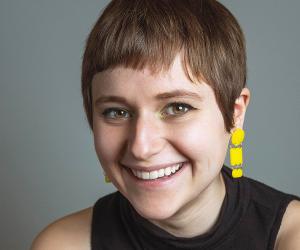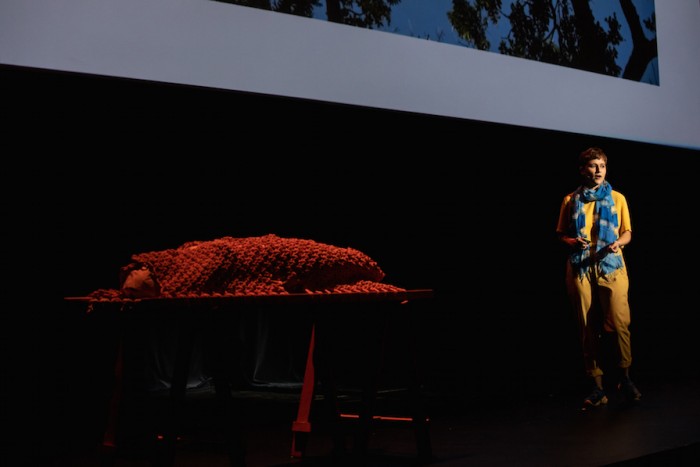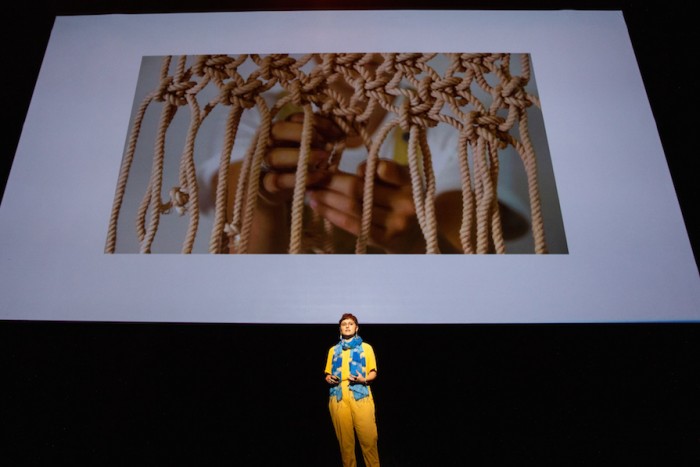Four years ago Industrial designer Shaina Garfield was diagnosed with Lyme disease, a diagnosis that saw her come face to face with death.
This ongoing experience inspired Garfield to create Leaves, a sustainable coffin that uses fungus to help a body decompose while also feeding the surrounding soil. She not only designed it to have a positive impact on the environment but also underline rituals that will help with healing.
“Leaves is a coffin that gives us an opportunity to transform from death into a new life. With the use of fungus it helps our bodies have a greater purpose after death,” says Garfield.
“I want Leaves to create the conversation that many people want to have. Rather than being afraid of death let us embrace that we can become new life and most importantly let us remember the profound idea that we are nature.”
Her project in its entirety is part of a global green burial movement that seeks to consider and make drastic changes to the impact we have on the environment when we bury our dead. This includes the harmful materials used to make coffins to the toxins that live within our own bodies.
“From the pesticides we eat to chemicals we put on our skin, if you just put a body bare into the ground and it decomposes all of those toxins go with it,” says Garfield. Instead, the designer suggests that we wrap the body in a cloth and rope that has also been infused with fungal spores.
“Once a body is buried, fungus grows to speed up decomposition. It also eats our toxin, so only our nutrients like oxygen and nitrogen going into the soil. At death we can use fungus to humble our species for the good of the earth,” explains Garfield.
When it comes to the ritual aspect of Leaves, she chose the coffin to be made with macrame which is the process of tying rope by hand. The is allows the family or whoever is mourning to be a part of the coffin’s creation.
“This process is so meditative and emotional. So, when the family is making it they actually have time to grieve and when you are given time to grieve that’s when you can find healing and acceptance.”
Garfield ended off her talk by challenging the audience to think about the death and funeral they would want to have. “It sounds silly but when you are active participants in your entire life cycle it is truly profound.”
Scroll down to view the talk.
Watch more from Design Indaba 2019:
Tshepo Mokholo on the Ruhehe school in Rwanda
Mirjam de Bruijn's work explores the border between function and aesthetics








